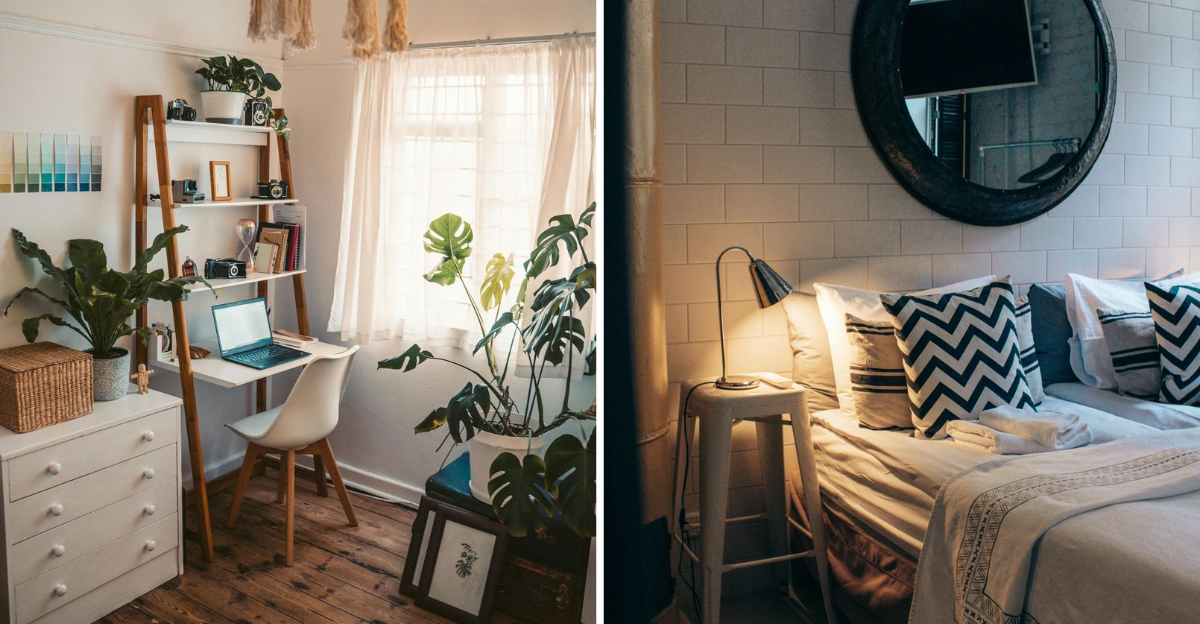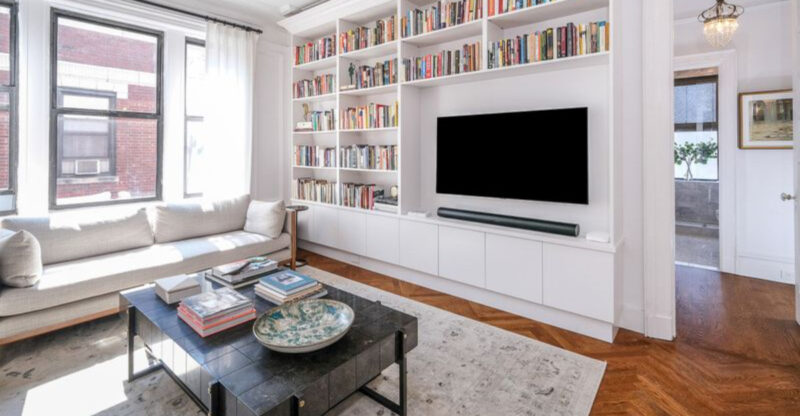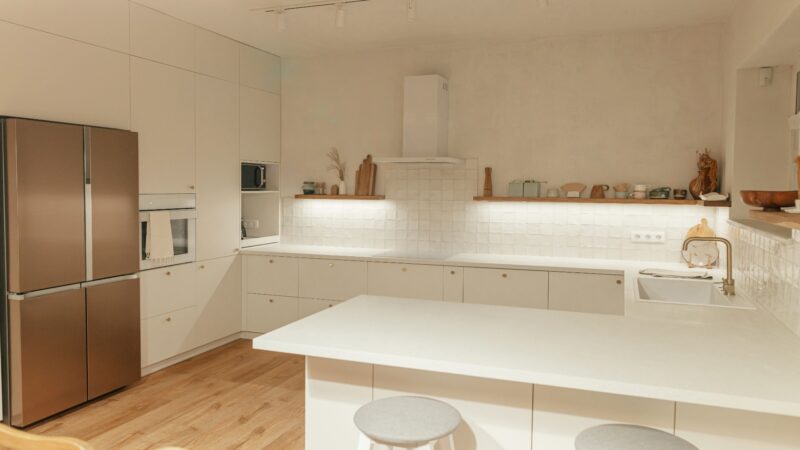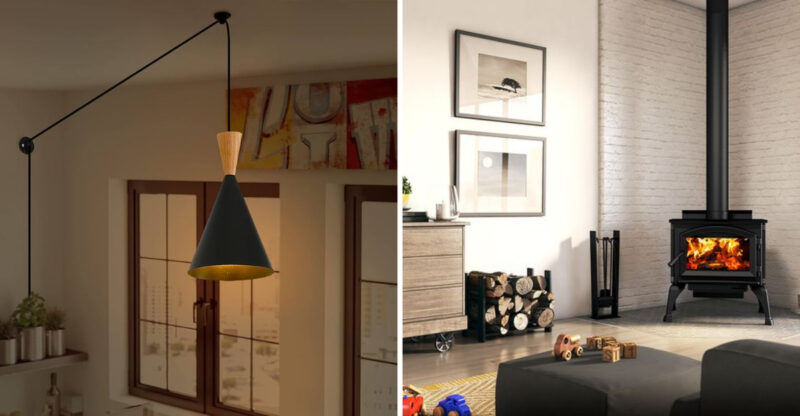8 Ways Scale Could Be Affecting Your Room Without You Knowing

Have you ever entered a room and sensed that something just didn’t feel right? Often, the problem lies in scale.
When furniture and décor aren’t proportioned to the space, even a beautifully designed room can feel awkward or cramped.
While every home is unique and personal style matters, these common scale mismatches can subtly disrupt the balance of a room, making it less comfortable and visually off even if everything else seems perfect.
1. Oversized Furniture Swallowing Your Space
That massive sectional sofa you fell in love with at the showroom might be suffocating your living area. When furniture is too large for a room, it creates an immediate feeling of crowding and makes movement difficult.
I’ve noticed how oversized pieces can make even decent-sized rooms feel cramped and claustrophobic. Your guests might bump into coffee tables or struggle to navigate narrow pathways between furniture pieces.
The proportional mismatch doesn’t just affect functionality it impacts your psychological comfort too. Living with furniture that’s too big can create subtle but constant stress as your brain processes the spatial constraints every time you enter the room.
2. Tiny Chairs Lost on an Enormous Rug
Have you noticed how your dainty accent chairs seem to disappear visually when placed on that massive area rug? This scale mismatch creates an awkward floating effect where your seating appears to drift in a sea of fabric.
Your guests might feel uncomfortable or exposed sitting in these undersized chairs within such a vast floor covering. The imbalance disrupts the visual weight of your room and makes the space feel poorly planned.
Scale problems between rugs and furniture can also make a room feel disjointed rather than cohesive. When I corrected this issue in my own home, the improvement in the room’s overall harmony was immediate and dramatic.
3. Artwork That Dominates Your Wall
Hanging that enormous canvas on your modest wall creates an overwhelming visual effect that throws off your entire room’s balance. The artwork becomes the only thing anyone notices, making other carefully chosen décor elements fade into insignificance.
I’ve seen walls that appear structurally compressed by art that’s simply too large for the space. This visual weight can make ceilings feel lower and rooms seem smaller than they actually are.
Beyond aesthetic concerns, oversized art can create practical problems too. Disproportionate pieces often require special mounting hardware and can become hazards in smaller spaces where people might bump into protruding corners or edges.
4. Decorative Items Disappearing on Expansive Surfaces
Those cute trinkets and small décor pieces you carefully selected might be getting visually lost on your substantial dining table or large bookshelf. Small items scattered across big surfaces create a cluttered yet somehow empty appearance.
When decorative elements are too tiny for their display areas, they fail to make the visual impact you intended. I learned this lesson after placing my collection of small ceramics on our grand coffee table they simply vanished in the expanse.
Grouping smaller items together or using trays and stands can help address this scale issue. Creating clusters or elevating pieces gives them visual importance that helps them stand up to the proportions of larger furniture pieces.
5. Coffee Tables Dwarfed by Substantial Seating
If your coffee table looks like a toy next to your generous sofa, you’re experiencing a classic scale mismatch. Miniature tables paired with large seating create functional issues guests must stretch uncomfortably to set down drinks or reach for items.
The visual imbalance between substantial seating and tiny tables disrupts the room’s harmony. When elements are wildly different in scale, they compete for attention rather than complementing each other.
Finding balance doesn’t necessarily mean matching sizes exactly. I discovered that selecting a coffee table that’s about two-thirds the length of the sofa creates the most pleasing proportion while maintaining functionality for everyone seated around it.
6. Mirrors Creating Disruptive Reflections
Oversized mirrors paired with delicate furniture create jarring visual discord in your space. When a massive mirror reflects relatively small furniture pieces, it amplifies the scale mismatch by showing it from multiple angles.
Your room’s harmony suffers when reflective surfaces are disproportionate to surrounding elements. I’ve witnessed how large mirrors can make neighboring furniture pieces appear even smaller and more insignificant than they actually are.
Finding balance doesn’t mean avoiding statement mirrors altogether. When I repositioned my oversized vintage mirror to reflect my substantial armoire rather than my petite vanity table, the scale relationship suddenly made sense, creating an intentional design statement rather than an awkward juxtaposition.
7. Heavy Shelving Units Overwhelming Cozy Corners
Massive bookshelves or display units can transform a charming corner into an oppressive space. When bulky storage pieces dwarf their surroundings, they create a visual weight that feels almost threatening.
Your corner might be better served by scaled-down solutions that provide storage without dominating. I’ve seen rooms where substantial shelving units cast shadows and create dark zones that make spaces feel smaller and less welcoming.
Floating shelves or ladder-style bookcases often work better in compact areas. After replacing my partner’s hulking inherited bookcase with a more proportionate piece, our guest room corner went from feeling cramped and storage-focused to balanced and inviting.
8. Tiny Pillows Lost on King-Sized Bedding
Standard throw pillows can look comically undersized when placed on expansive king beds. The bed appears bare despite your decorative efforts, and the pillows seem more like afterthoughts than intentional design elements.
Your bedding ensemble needs proportional balance to create a finished look. When I upgraded to a king-sized bed but kept my old throw pillows, the bed never looked properly dressed despite trying different arrangements.
Selecting larger Euro shams or king-sized decorative pillows creates appropriate scale relationships. After investing in properly sized pillows for my bed, the entire bedroom felt more cohesive and professionally designed, proving that sometimes small details make the biggest difference when they’re properly scaled.





